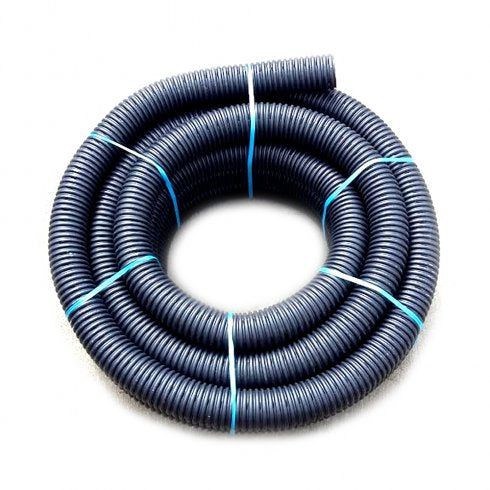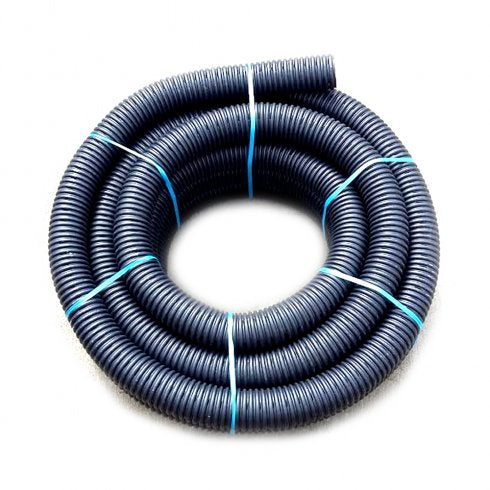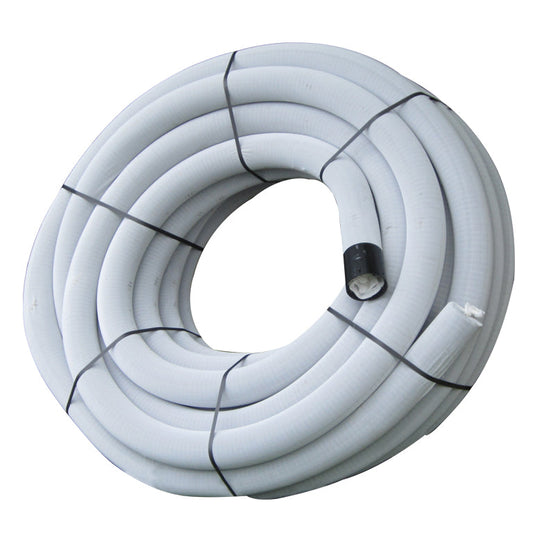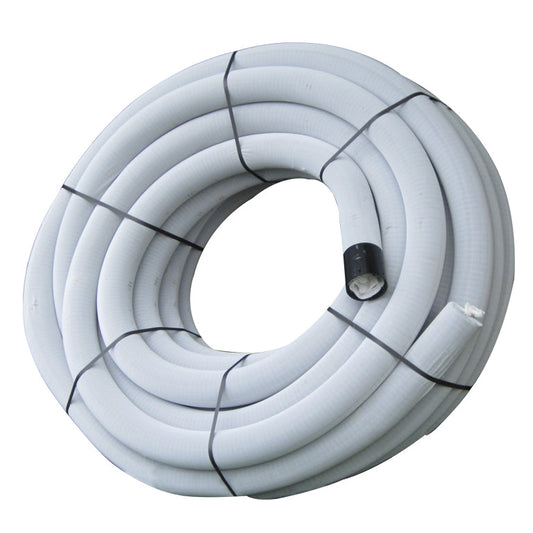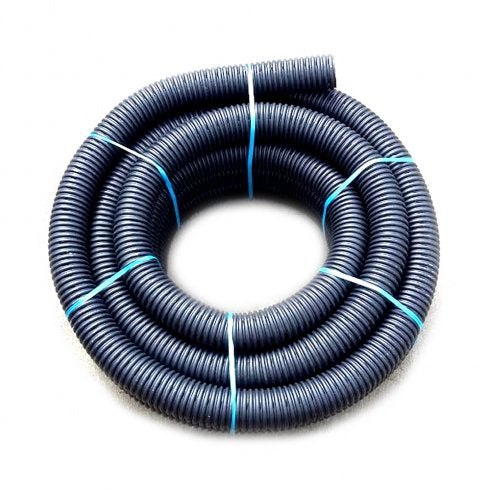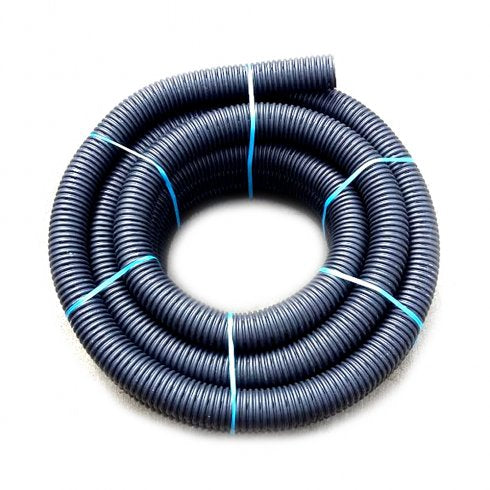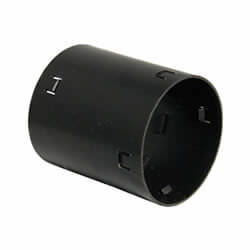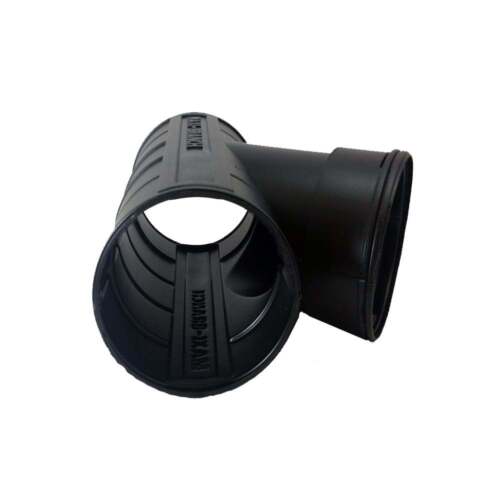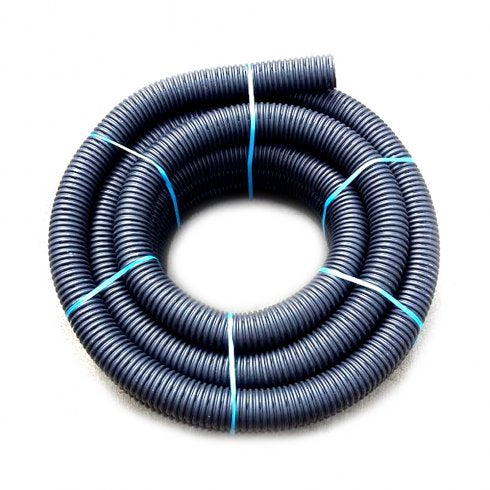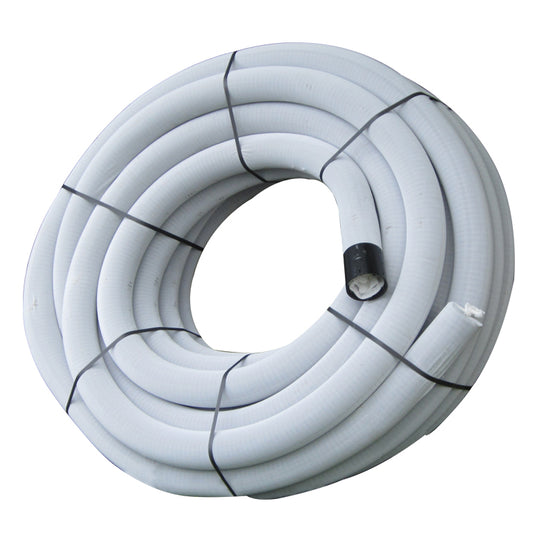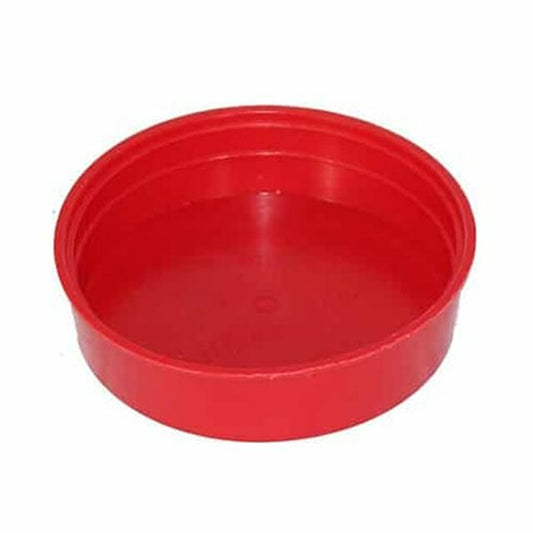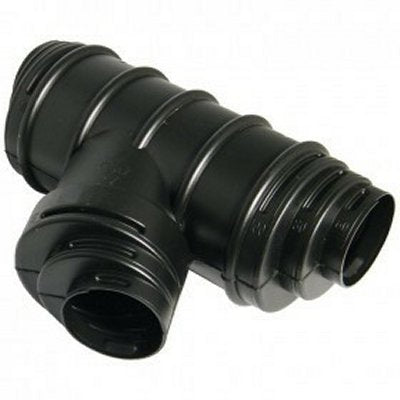Land drainage has played an important part in farming for many centuries. But what does the future hold for this practice?
With significant change set for the UK in the form of Brexit and climate change, we recently asked industry expert, Rob Burtonshaw from Farm Services Ltd, what he thought the future held for land drainage and this was his reply…
Land drainage over the ages
Dealing with the weather, and the rain, in particular, can be difficult. Often heavy soils and wet weather combine to make working on the land near impossible and what’s more farming axle deep is unprofitable. So it has always been, but people, inventive and resourceful, have always tried to do something about it. British fields are covered by a network of drains, slowly moving water, under the power of gravity away from where it is doing harm. Working whenever it rains, twenty-four hours a day throughout the winter months, this hidden infrastructure is the hardest working and most underappreciated tool on the farm.
Ever since we started farming we have moved water to and from our crops and such efforts have proven to be essential. There is evidence of what is believed to be drainage ditches which date back to the birth of agriculture and from that point, we have buried pipe and excavated channels. But in the UK, at least the start of modern drainage was in 1865 Thomas Scragg invented a method of mass producing clay tiles and so began the boom in drainage which was to last over thirty years. Scragg’s method of production reduced the cost of drainage tiles by over 70% and made the practice economically viable.
Clay tiles had been used for many centuries but the cost of pipe had held back the industry and made it a rare practice, Scragg’s invention changed the industry forever. The late nineteenth century saw a massive surge in drainage and many of the drains installed back then are still working today. Mile after mile of pipe was laid, all by hand, all on a grade, the effort was massive and paid off as British agriculture enjoyed a golden period. Drainage had proved its worth and was now embedded into farming practice. So much so that when the post-war government tried to increase production, drainage grants were given on generous terms.
By the late nineteen seventies and early nineteen eighties over a 100,000 ha were being drained each year. However government policy changed and overproduction became a problem, grants were removed and the number of hectares drained each year dropped to less than 10,000 ha.
The importance of land drainage
Despite these up and downs, land drainage is still being installed and the reason for this is the effect on yield. The supply and oversupply of water is a critical limiting factor in yields. The yield increases with drainage are significant; data from Ontario, Canada, collected over a twenty year period shows a yield increase of 38% in winter wheat. This yield increase does vary greatly from field to field, year to year but modern drainage schemes are one of the few techniques that can completely transform a poorly performing field. In addition, this improvement is not just for one year, but many.
Land drainage is an investment that needs nurturing
Drainage schemes installed to a high standard of workmanship can last for generations. However, it might not be necessary to install a new system. Great attention should be given to maintenance and care of old schemes, sometimes new installations can be avoided by simple actions which do not take long – although they might involve getting wet. Ditch Maintenance is vital; if outlets are covered by sediment, water cannot escape and the whole scheme backs up. If an outlet is not running during the wet winter months further examination is required – push some rods up the drain and see if there is a blockage. Tree roots can find drains and block them, remove the roots and often the scheme begins to work again. Dig out the old completion plans and see if you can find the outlet, if it appears to be missing, use a scale rule to work out where it should be and dig. The old plans tend to be very accurate and more often than not a pipe can be found, it might be blocked, but maybe it can be unblocked or a segment replaced and the scheme revitalised.
Drainage is an investment for the long term and one which has a proven track record. But that does not stop land drainage being overlooked and many fields would benefit from further investment. Let’s be honest; land drainage is not a sexy subject. Mud, ruts and more mud is not a glamorous combination. It is easy to overlook something which is buried a metre underground, totally out of sight.
Future of land drainage
Drainage schemes may last many decades, centuries even, but not forever. Most drainage schemes in Britain are already well past any designed life expectancy, many will continue to serve but others will need replacement. Without doubt, how this is to be done will be linked to government policy not just on drainage but on agricultural policy in general. For many years, decisions on British agricultural policy have been controlled by the Common Agricultural Policy (CAP) and with Brexit, this changes. British politicians will now control policy and no doubt will wish to excise their new powers. Quite what that means is impossible to say but it is likely that environmental concerns will continue to be valued highly. Money is, we are told, likely to move away from direct subsidy and towards measurable environmental outcomes.
What does that mean for land drainage? Well, it is, of course, hard to say, but drainage is very much concerned with increasing yields and production, not something which seems to be included in this new vision. However, there is a conservation drainage movement which is strong in the United States, and which might be applicable here in the UK. By using techniques such as de-nitrifying Bioreactors, controlled drainage and buffer zones, drainage can be used to improve water quality. Whilst drainage does provide a conduit of access nutrients to leave the field, it reduces runoff and provides an opportunity to deal with the issue, is one place. There are issues to overcome before such things become commonplace in the UK, but it is possible to see a future, admittedly many years in the future, in which conservation drainage becomes widespread.
What this means, who knows, predicting Westminster was hard enough already before Brexit, now it is impossible, but I suspect we can be sure of change. The drainage industry should be willing to adapt and engage, to promote and to be open. Drainage is too important to be forgotten about.
____________________________________________
About the author
This blog was written by Rob Burtonshaw who is the third generation member of his family to work for and manage specialist land drainage installation business, Farm Services Ltd.
In 2012, Rob was awarded a Nuffield Scholarship providing a unique opportunity to study land drainage across the globe. During his eighteen-month scholarship, Rob visited some of the best drainage professionals in the world, both fellow contractors and academics, and gained an unmatched wealth of experience.
Since completing his Nuffield studies, Rob has promoted land drainage giving hundreds of talks to farming groups and others, appearing in the press and collaborating with the Environment Agency, Catch Sensitive Farming, the Soil and Water centre at Harper Adams University and others on various projects to promote land drainage and good drainage practice.
____________________________________________
Land drainage supplies
If you need any land drainage products, please contact us for expert advice on 0121 351 3230.
Alternatively, fill out our enquiry form:





